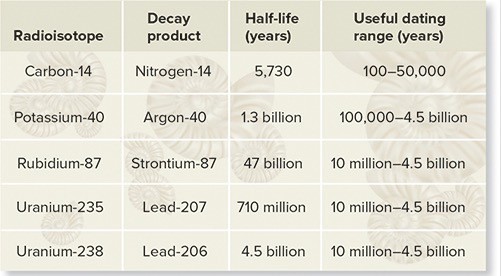What causes rejection by the body's immune system after a transplant of an improperly matched organ?
I) non-self proteins in the tissue
II) the presence of foreign major histocompatibility complex (MHC) proteins on the donor tissue
III) antibodies and cytotoxic T lymphocytes (CTLs) responding to foreign tissue
A) only I and III
B) only II and III
C) only I and IIII
D) I, II, and III
Answer: D
You might also like to view...
What happens during the short recovery period before another action potential?
a. The threshold value is increased. b. The threshold value is reduced. c. The sodium gates are shut and the potassium gates are opened. d. Both sodium and potassium gates are shut. e. The nerve is said to be at the resting potential.
Shabir has been diagnosed with diabetes mellitus type 2 and will have his blood tested within the next 2 weeks. He has been warned by his physician to stay on a specific diet, but he loves desserts that are not on his recommended treatment plan. You see
him eating a huge piece of birthday cake, and when questioned, he says that his doctor will never know because he will fast for a few days before his blood glucose test and fool the physician. What blood test might the physician order to detect Shabir's deception? A) hemoglobin A1c B) electrolytes C) HDL D) white blood cell count
Subunit vaccines are safer than traditional vaccines because they
A) are acellular. B) are administered in food. C) do not pose a risk for causing the disease. D) are acellular and do not pose a risk for causing the disease. E) are acellular and can be administered in food.
 A scientist found an unweathered igneous rock that contained 0.025 g of potassium-40 and 0.075 g of argon-40. The half-life of potassium-40 is 1.3 billion years. Using the table from Figure 26.3 the age of the rock would be estimated to be
A scientist found an unweathered igneous rock that contained 0.025 g of potassium-40 and 0.075 g of argon-40. The half-life of potassium-40 is 1.3 billion years. Using the table from Figure 26.3 the age of the rock would be estimated to be
A. 1.3 billion years old. B. 2.6 billion years old. C. 0.050 billion years old. D. 0.001875 billion years old. E. 1.69 billion years old.